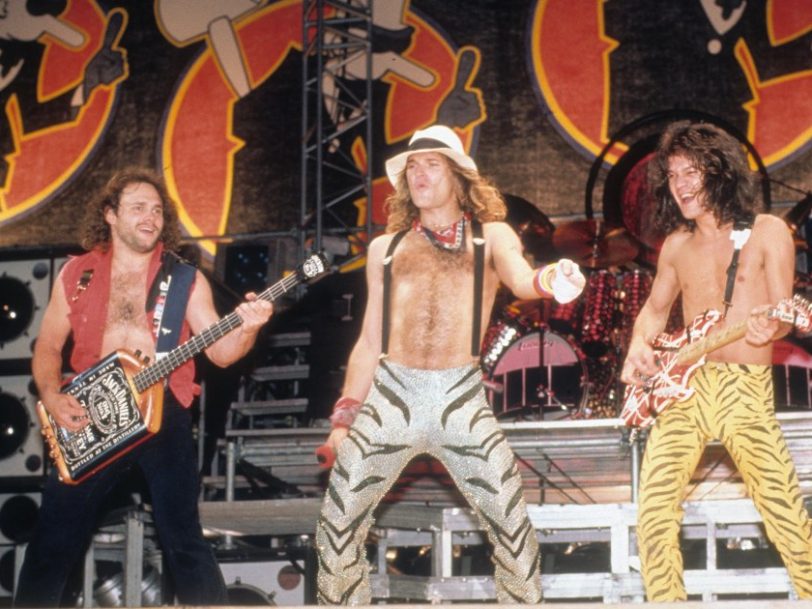Era-defining albums receiving diamond certifications (for sales of ten million copies) are pretty rare, but records made in home studios which achieve this level of success are even harder to come by. Other relatively intimate recordings, such as Bruce Springsteen’s Nebraska or Bob Dylan and The Band’s near-mythical The Basement Tapes, are critically revered, but when it comes to home-recorded hard-rock blockbusters, Van Halen’s sixth album, 1984, is still in a class of its own.
Listen to ‘1984’ here.
“I wanted more control”
Eddie Van Halen’s 5150 complex, installed in the guitarist’s home, in Studio City, Los Angeles, was hardly an ordinary home-studio set up. With help from the band’s longtime engineer, Donn Landee, it was put together as the group started working on 1984, and it began life as a 16-track facility kitted out with vintage gear. Named after a California law code that gives police officers the authority to detain anyone who “as a result of a mental health disorder” are deemed to be “a danger to others, or to himself or herself”, 5150 may not have been state-of-the art at its inception, but it was good enough to capture the band’s new songs and make them sound polished enough for release.
“The bottom line was that I wanted more control,” Eddie Van Halen told Guitar World in 2014. “I was always butting heads with [producer] Ted Templeman about what makes a good record. When we started work on 1984, I wanted to show Ted that we could make a great record without any cover tunes and do it our way. Donn and I proceeded to figure out how to build a recording studio. I did not initially set out to build a full-blown studio. I just wanted a better place to put my music together so I could show it to the guys. I never imagined that it would turn into what it did until we started building it.”
- ‘1984’: A Track-By-Track Guide To Van Halen’s Classic Album
- Eddie Van Halen: The Only Guitarist To Rival Jimi Hendrix?
- Van Halen Album Covers: All 12 Studio Artworks, Ranked And Reviewed
During the 80s, California’s planning laws forbade homeowners to build recording studios on their property, but the band got around that by submitting development plans for a racquetball court. The subterfuge worked and, thanks to Landee’s technical nous – and his ability to source a perfect Universal Audio recording console – 5150 got up and running in time for the 1984 sessions. However, Van Halen still had to acclimatise to recording in the studio’s cramped conditions.
“If I want to play a tuba or a Bavarian cheese whistle, I will do it”
“There was only one room at 5150 at the beginning, so we were very restricted,” Eddie recalled. “Recording drums there was a challenge. The place really was a racquetball court, where one third of the space was the control room and the rest was the main room.” Drummer Alex Van Halen, Eddie’s brother, squeezed his kit into one corner of the room while Eddie set his amp up – facing away – in the other.
With the band recording in unfamiliar surroundings, the 1984 album sessions also added a new instrument to their arsenal, with keyboards playing a more prominent role than before. Eddie’s recently acquired Oberheim synthesisers anchored the album’s two biggest hits, Jump and I’ll Wait, but their introduction into Van Halen’s guitar-based hard-rock sound wasn’t immediately embraced by his bandmates.




